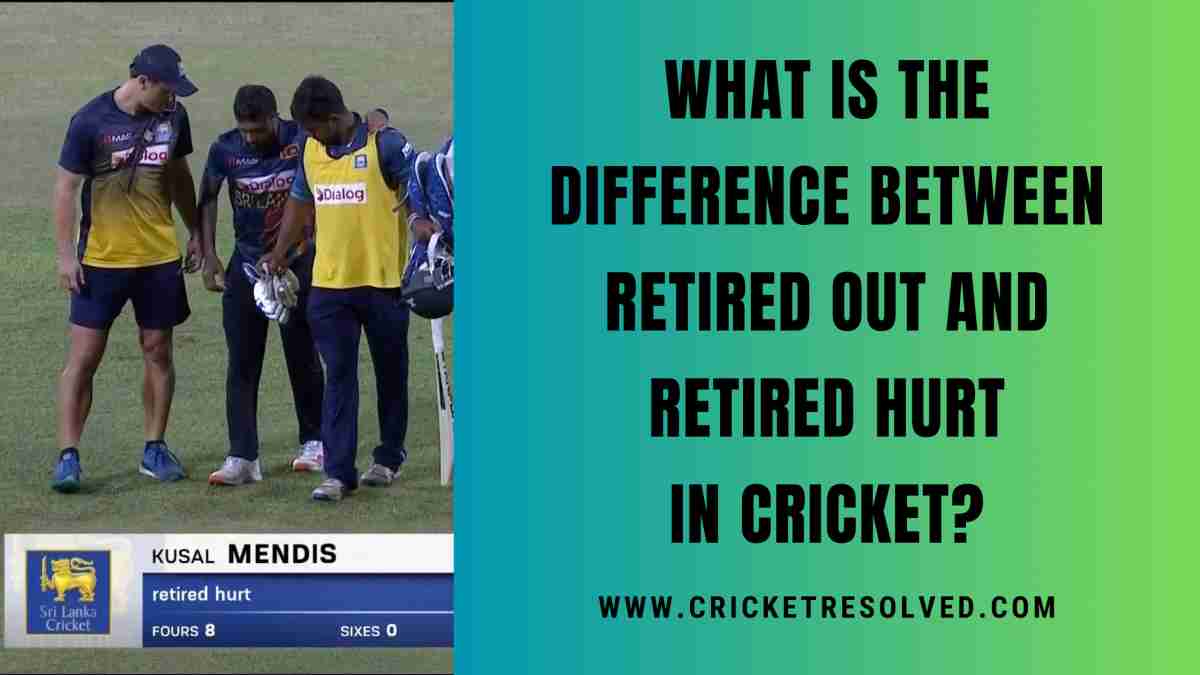
The gentleman’s game, cricket, is evolving at a faster pace with time. Fans witness teams and players using many different strategies and skills on the field to take their teams over the ropes.
In recent years, we have seen some instances of teams and players tactically using the rules to their benefit. In an IPL match, R. Ashwin retired out midway to let the next batter score some quick runs. And since then, this rare tactic has been used in a few other matches.
But many fans get confused between retired out and retired hurt. So, in this article, I will explain the difference between retired out and retired hurt.
What is Retired Out?
According to the ICC playing conditions, a batter can retire at any time during the innings. Once a batter retires willfully, they can’t resume their innings in the match unless the opposition captain permits it.
But if the batter doesn’t return to bat, then the batter is declared ‘Retired out’ and is hence considered a dismissal in the records.
Now, retiring out is a rare phenomenon that occurs in the game. It is only of late that the rule has come into the limelight. and teams are using it according to the match situation, especially in T20 games.
Also Read | Explained: What is a Timed Out Dismissal in Cricket?
What is Retired Hurt?
Injuries are part of field sports, and cricket is no exception. Batters can get injured while practicing in the nets or during matches.
Now, if a player gets injured during practice, they can take a break or rest for a few days after assessing the injury. But what happens if a batter injures themselves during a match?
That’s when the retired hurt rule comes into play. But retired hurt is a different term from retired out.
See, if a batter retires due to an injury, illness, or any unavoidable circumstance, then for the time being they are marked as retired hurt. But, unlike a retired out batter, a retired hurt batter can come to bat again.
But they can’t resume their innings at any moment. The batter can only come to bat again if a wicket falls or any other batter retires.
And if a batter doesn’t return to bat, then they are recorded as ‘Retired not out’ in the records. Now keep in mind that retired hurt isn’t a tactical decision, rather, a batter is forced to retire. But here, they can bat again once they are fit to play.








1 thought on “What is the Difference Between Retired Out and Retired Hurt in Cricket?”